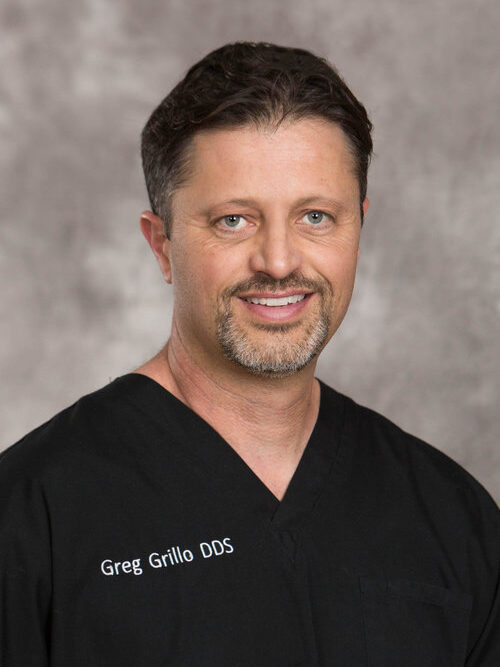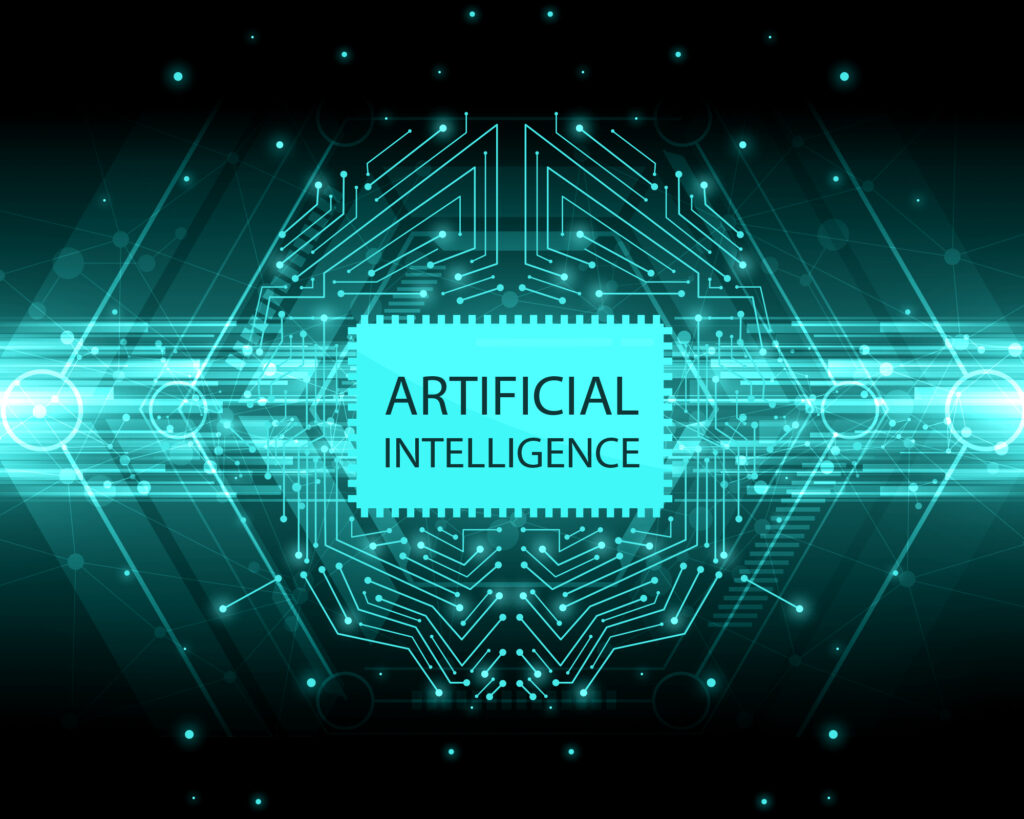These days we hear about artificial intelligence (AI) a lot. Healthcare is finding new ways to use artificial intelligence as well. It’s working its way into dentistry. If you’re wondering where it might be used in dentistry, here are 5 applications of AI in dentistry that innovative practices are going to be using before long.
Now, a lot of these technology pieces are not in place in the average dental practice yet. But as you know, with the advent of ChatGPT and some of the other AI driven programs that are coming on very, very rapidly, we can expect to see this technology accelerate into dentistry. So, here’s 5 ways that I see it happening.
Dental X-ray Imaging
If you give dentists a set of x-rays and you ask them to look for cavities (dental decay), they are only going to agree less than 5% of the time. Now, that’s because tooth decay can be very subjective when it’s small. It can be hard to really pick out. So, some dentists may say, “Well there’s a little bit there” and others may say, “No, I don’t see it.”
You can imagine how AI in dentistry can really help increase the accuracy of diagnosis with dental decay. That will be something that dentists can use in real-time with the x-rays that they take of your teeth, like when you go in for a cleaning (read the Express Dentist blog for answers to questions about professional teeth cleaning).
AI in Dentistry: Oral Pathology
Looking for diseases is really a big application of AI in dentistry. So, what we’ve found in studies is that dentists or radiologists agree most of the time on what AI finds on detail imaging when it comes to tumor detection. These are like 3D type images and MRI-type images.
The real difference though is in the speed of diagnosis. So, based on studies they’ve done, it can take a clinician up to 25-30 minutes to fully detect a tumor as they have to go through all the different layers of imaging. AI in dentistry can do it in less than 20 seconds. So, you can imagine the efficiency gain and just the checks and balances that that creates in the system. That’s pretty exciting stuff!
Natural Language Processing
There are a lot of tasks that we have to do in a dental office that require clicking and choosing on a computer with our technology. But the more we can voice activate systems so it knows exactly what we’re looking for, the better off we are. So, for example, AI in dentistry may make it possible to have x-ray functions take place through voice activation. Just processing dental language so that a task can get done faster and more efficiently and safer in a contactless environment. So, it’s just another broader application that is being developed further than it has been in the past.
AI in Dentistry: Orthodontics
In orthodontics, when the clinician is moving the teeth, they are making decisions about where to apply forces, and then applying those forces, which sometimes is not quite as accurate as they’d like. So, they have to go back and do a little bit of trial and error. Maybe a tooth moves a little bit too far and they have to move it a little bit back. This is one of the advantages of some of the aligner systems with the software they use. They are using some analyses and digital settings to figure out what teeth might do if you apply forces to them.
But with AI in dentistry, it takes this to another level. AI can look at the setup of teeth as they currently are and it can use artificial intelligence to figure out where forces should be applied more accurately. Whether a tooth needs to be removed. Just more precisely. What’s it going to take to get this case done. That leads to better results in a much faster time period. So, that’s really exciting as well.
AI in Endodontics
Endodontics or root canal treatment is a very precise treatment on the inside of teeth. It involves a lot of areas where we can’t really see. We’ve used some technologies in the past that are a little bit like sonar or ultrasound in a sense to figure out how long a tooth is. This is to try and decipher some of the anatomy with 3D imaging and so forth.
But now when you can apply AI in dentistry, it can help with the precision of understanding, even based on the information, what the chance of success is to a much greater degree. Maybe helping us understand the anatomy and certain steps that might need to be taken to make sure that the success rate is higher than before. In endodontics, we do see about a 95% chance of success with treatment. So, if we can get that closer to 100%, so much better. It will reduce the stress and unpredictability of the outcome.
Wrapping up
So, that’s just 5 ways that I see AI in dentistry at the present time. If you ask me a year from now, I think there will be many more applications to talk about.
Now, at Express Dentist we help our callers get in touch with dentists and other dental providers in our network. Some of them are using AI in dentistry. They are all innovative in their own ways, finding technology that is going to make dental care better, more successful, and more comfortable, of course. So, if you need a dentist, please feel free to reach out to us and we can help connect you with someone in your area. Regardless, the future is bright in healthcare, and we are here to help you get the dental care you need. All the best to you and your oral health.
About the author

Dr. Greg Grillo
Dr. Greg Grillo DDS studied at the University of Washington where he received a bachelors degree with Honors and later attended dental school on the same campus. Following school Dr. Greg served in the United States Navy as a dental officer. During this time he received advanced training in specialty areas of dentistry while also treating families of members of the military.
As well as sharing valuable information on dentistry and oral health, Dr. Greg remains a practicing dentist to this day. He works with families in the Okanogan Valley where he lives with his wife and three children.
- Dr. Greg Grillo
- Dr. Greg Grillo
- Dr. Greg Grillo
- Dr. Greg Grillo
- Dr. Greg Grillo
- Dr. Greg Grillo
- Dr. Greg Grillo
- Dr. Greg Grillo
- Dr. Greg Grillo
- Dr. Greg Grillo




